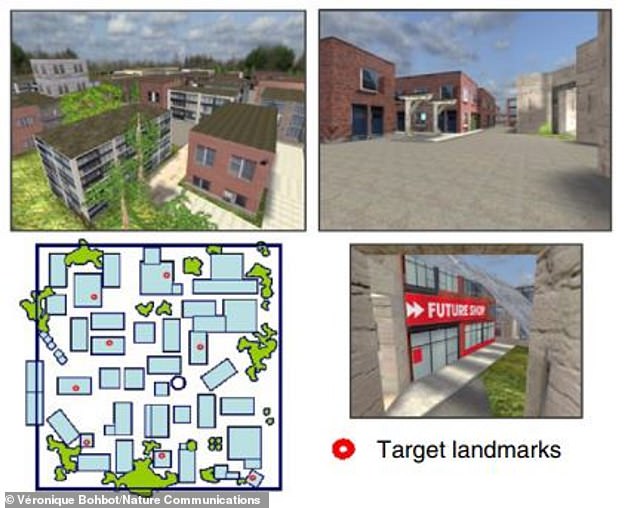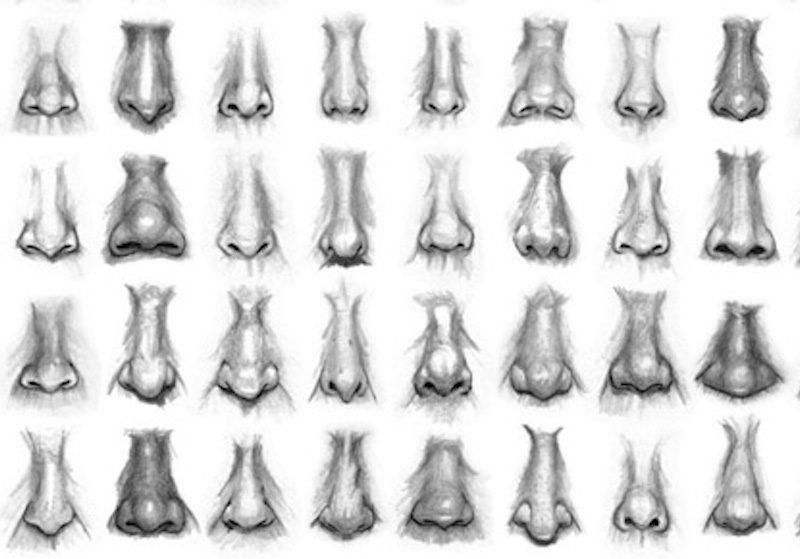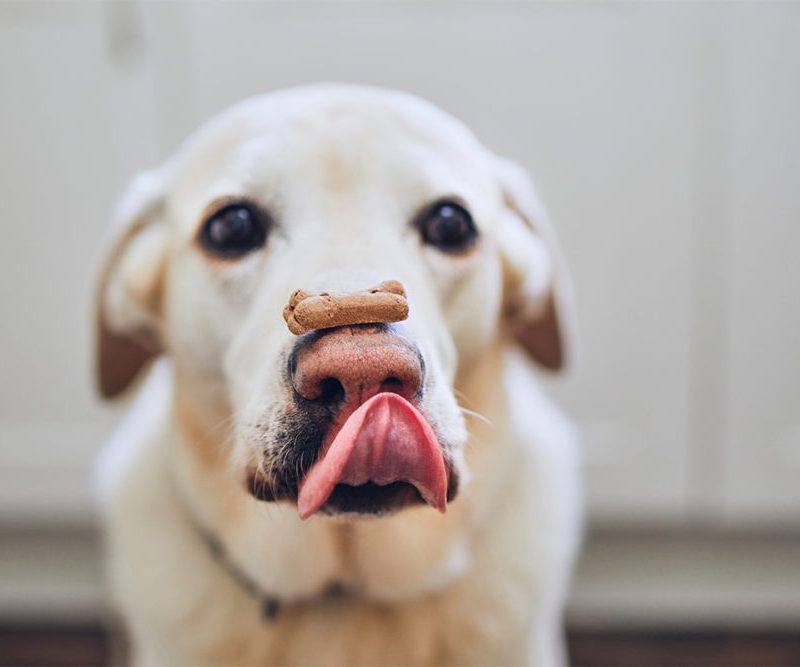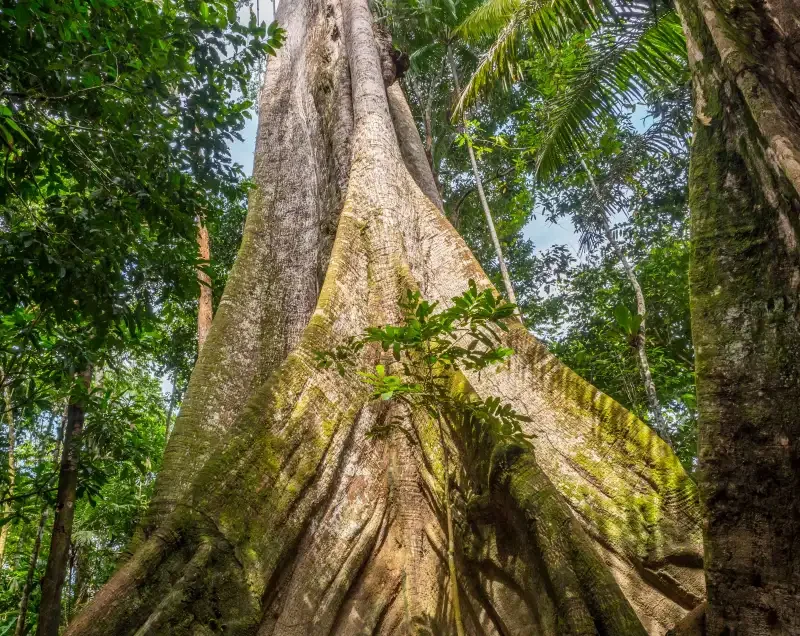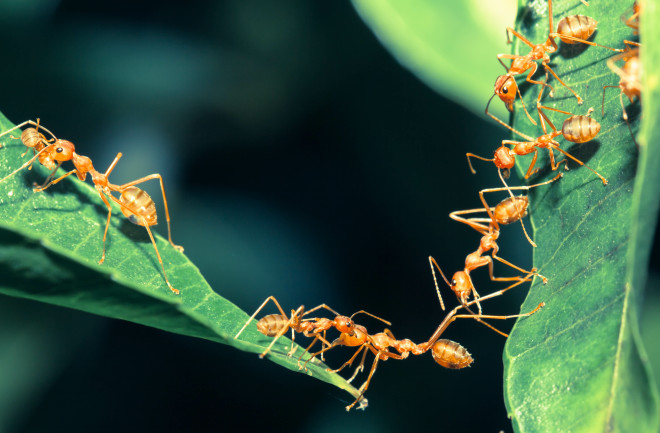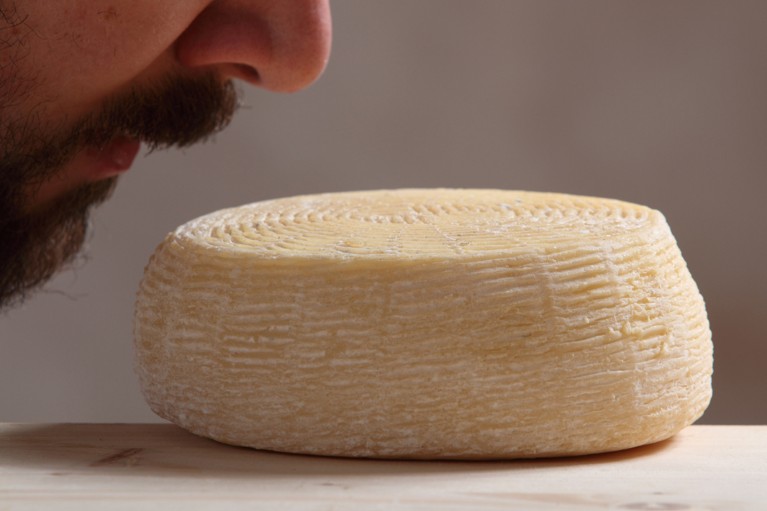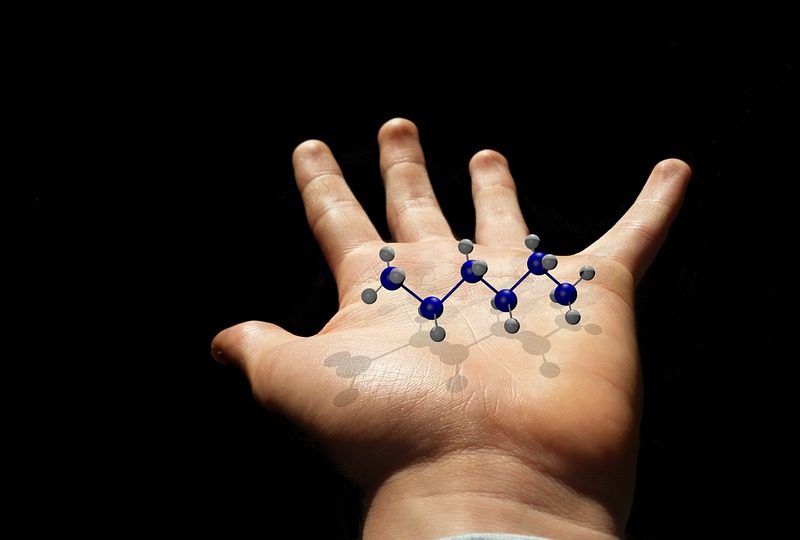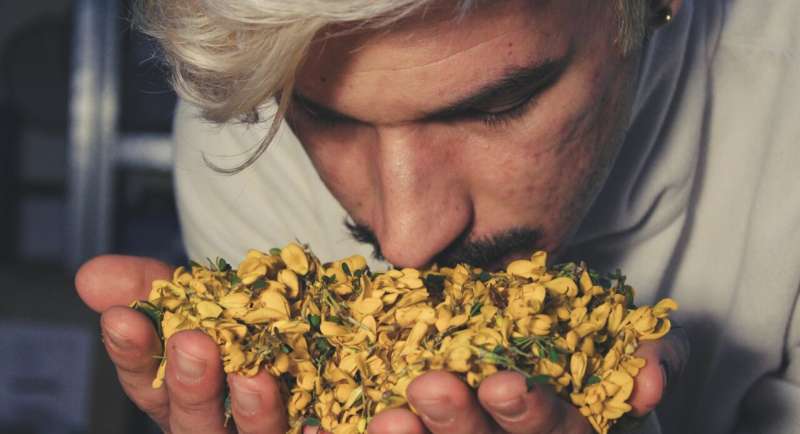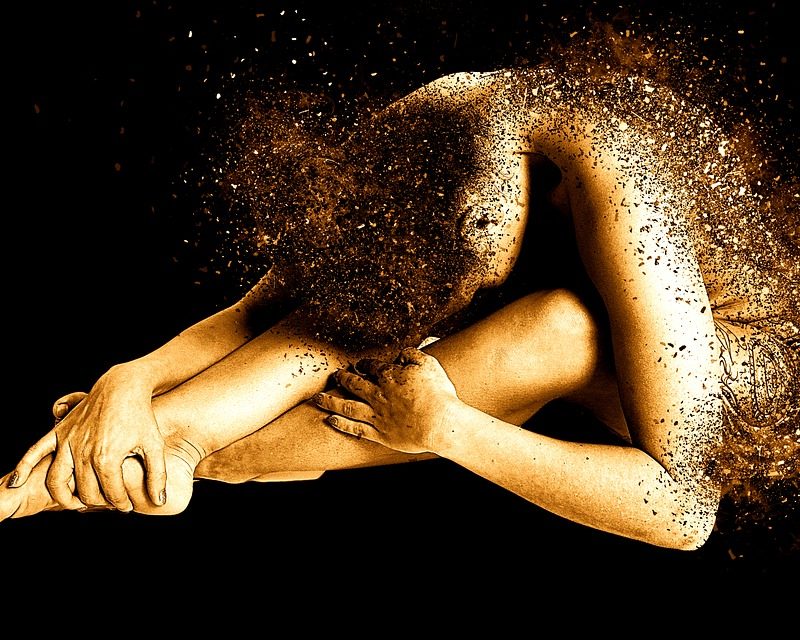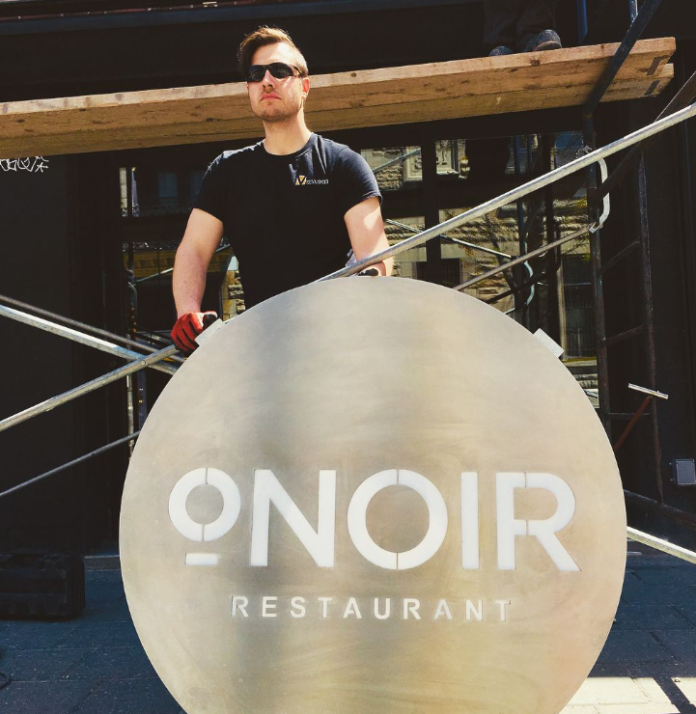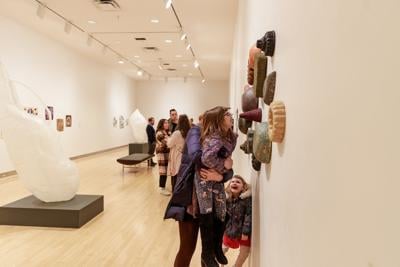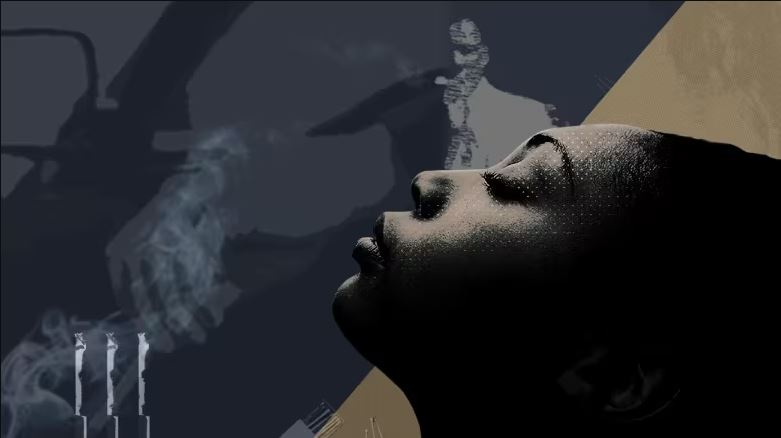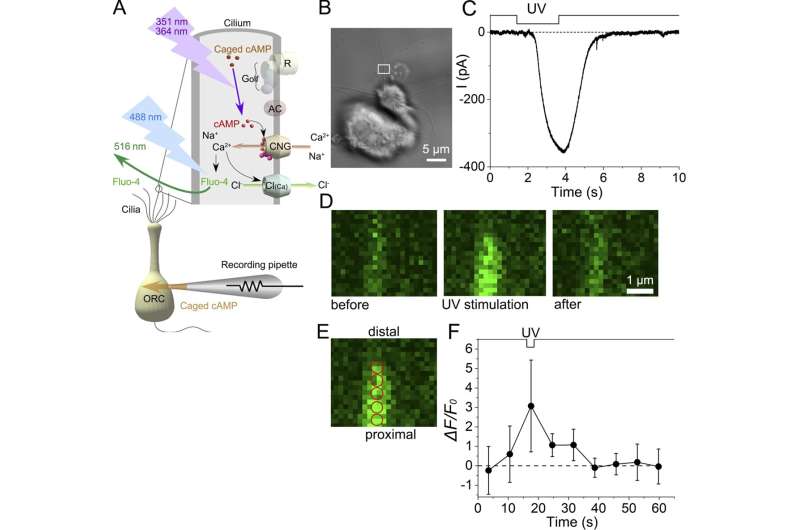A group of 57 volunteers participated in an experiment which assessed the proficiency of their nose as well as their sense of direction. They were tasked with identifying different odours and navigating around a virtual town using only landmarks as part of a ‘wayfinding’ task (pictured)
- Scientists have found a link between the two very different skills
- MRI scans revealed two areas of the brain that are heavily involved in both traits
- The thickness of the medial orbitofrontal cortex (mOFC) and size of the hippocampus of the brain predict better performance in both categories
When asking for directions, you should look for someone with a good sense of smell.
That is the advice of scientists who have found that people with a naturally good sense of direction also have a heightened ability to detect faint odours.
Brain scans revealed two specific regions of the brain that are heavily involved in the control of both skills.
Veronique Bohbot from McGill University in Canada led a team of scientists to determine if there was a link between the two very different traits.
A group of 57 volunteers participated in an experiment which assessed the proficiency of their nose as well as their sense of direction.
They were tasked with identifying different odours and also navigating around a virtual town using only landmarks as part of a ‘wayfinding’ task.
The authors explain in their paper: ‘To evaluate navigation, we used two tasks. One is a wayfinding task, which measures the ability to build and use a cognitive map of a virtual environment containing landmarks (e.g., pool, shops, etc.), and which therefore requires using spatial memory.
‘This type of spatial memory task has been shown to rely on the hippocampus.’
Using MRI scans, the authors found that increased thickness of the left medial orbitofrontal cortex (mOFC) and volume of the right hippocampus of the brain predicted better performance on both tasks.
WHAT PARTS OF THE BRAIN ARE INVOLVED IN MEMORY?
Source: People with a good sense of smell are better at navigation

